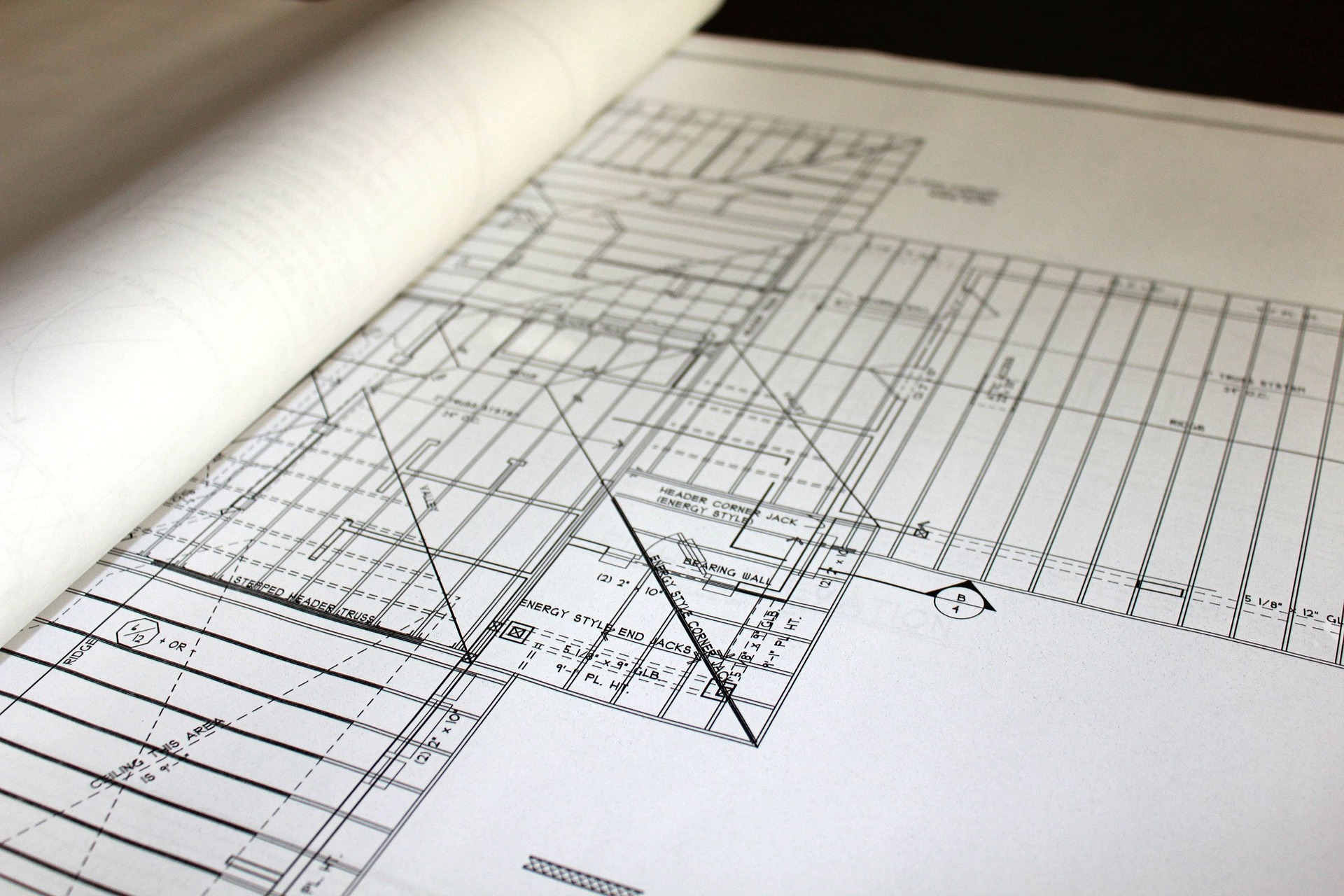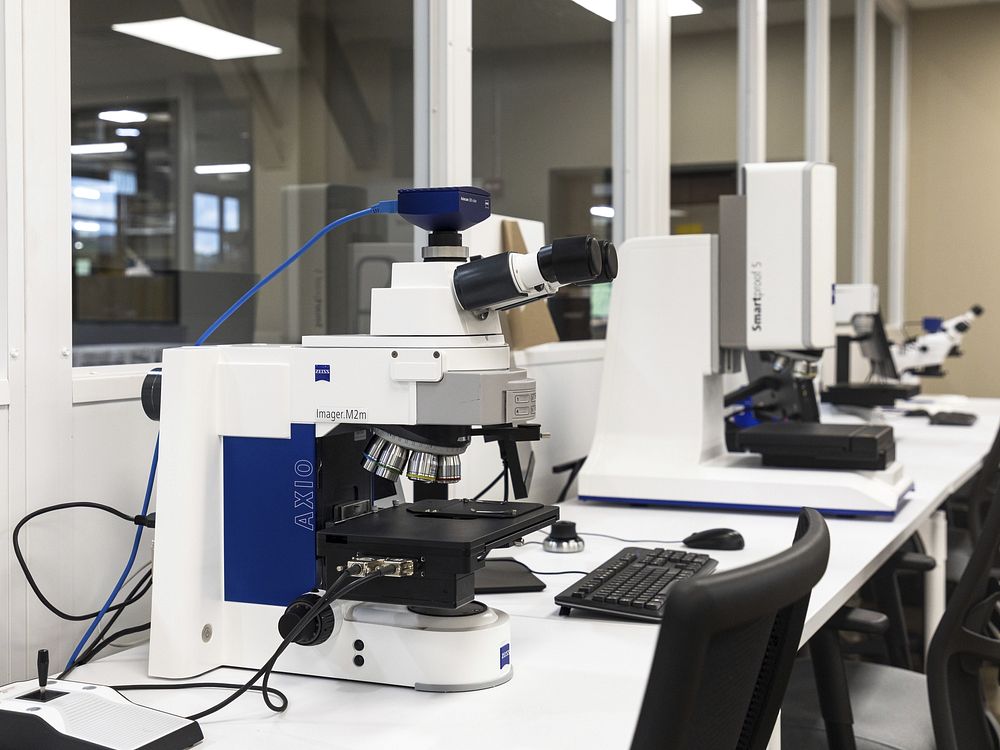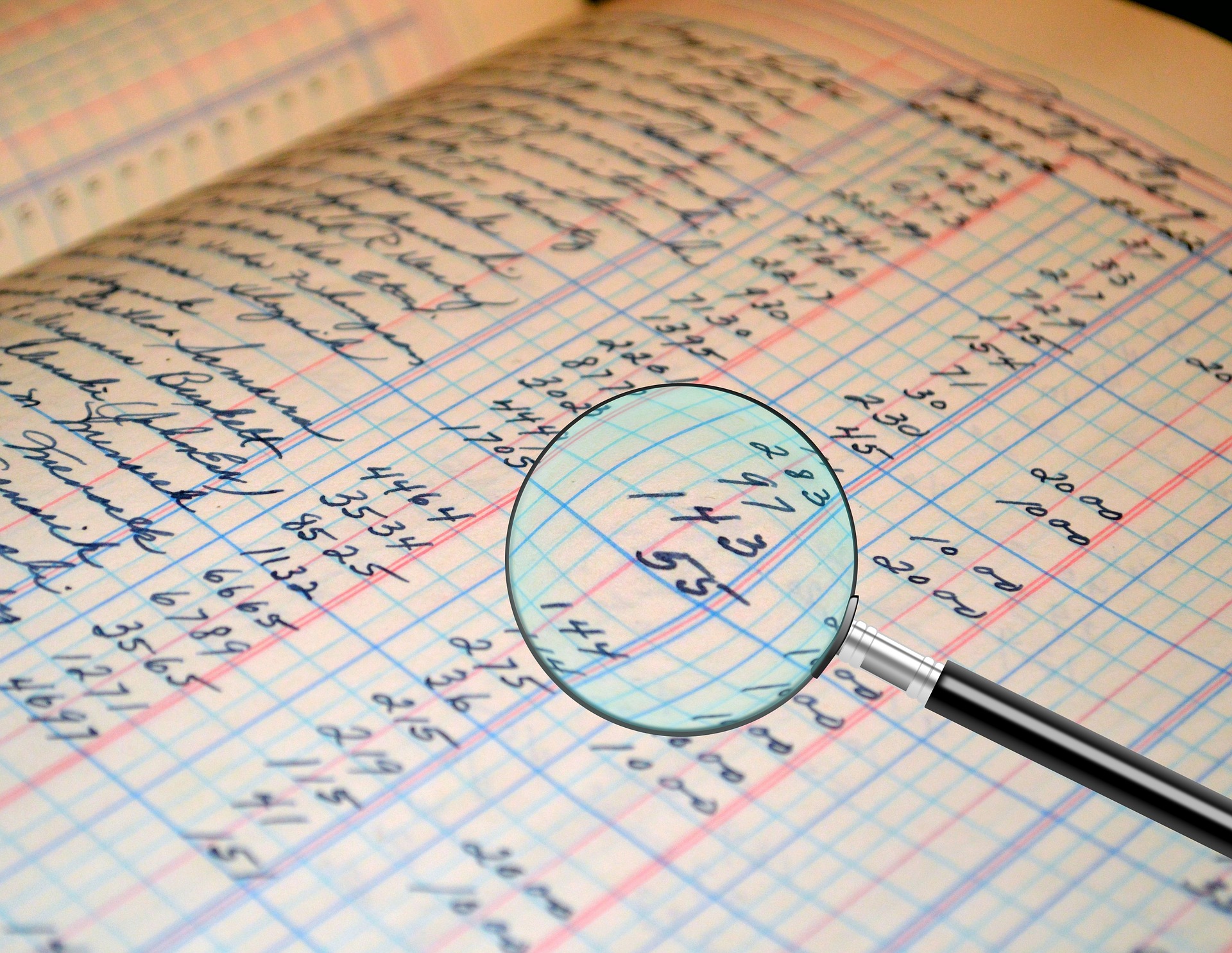Now Reading: Forensic Engineering
-
01
Forensic Engineering

Forensic Engineering
Forensic engineering is the application of engineering principles to the investigation of failures of any structure, product, construction, buildings or material substances or piece of machinery.
The forensic engineering is liable to the failures ranging from service ability to catastrophic which may lead to legal activity includes both civil and criminal law. The consequences of failure may give rise to action under either criminal or civil law including the laws of contract, product liability and the laws of tort. It also involves the investigation of intellectual property claims and patents.
The field forensic engineering also deals with the retracing processes and procedures leading to accidents in operations of machinery and vehicles. The purpose of forensic engineering investigation is to locate causes of failure with a view to improve performance or life of a component and to assist a court in determining the facts of an accident.
A forensic engineer is called to a scene of accident where a piece of machinery, bridge has malfunctioned in order to collect evidence to investigate the cause and testify in the court if needed.
A forensic engineer can be hired by a government agency such as a police force or by a car company that manufactures cars. aviation or aircraft company or any product manufacturing company etc.
Analysis of Evidences
- The scene of crime and scene of accident analysis, integrity of the evidence and court appearances. Both disciplines make extensive use of optical and scanning electron microscopes. They also share common use of spectroscopy (infrared, ultraviolet and nuclear magnetic resonance) to examine critical evidence. Radiography using X-rays (such as X-ray computed tomography) or neutrons is also very useful in examining thick products for their internal defects before destructive examination is attempted. Often, however, a simple hand lens may reveal the cause of a particular problem.
- Extracting physical evidence from digital photography is a major technique used in forensic accident reconstruction. Camera matching, photogrammetry, and photo rectification techniques are used to create three-dimensional and top-down views from the two-dimensional photos typically taken at an accident scene.
- Trace evidence is also an important factor in reconstructing the site sequence of events in an accident, eg. Ladder feet often leave a trace of movement of the ladder during a slip and rush mark on the road of burn tire, they may as a trace evidence to show how accident occurred.
- When a product fails for no obvious reason, SEM and Energy-dispersive X‑ray spectroscopy (EDX) performed in the microscope can reveal the presence of aggressive chemicals that have left traces on the fracture or adjacent surfaces.
- Analysis of the joint showed traces of chlorine, indicating a stress corrosion cracking failure mode.
- Thus, an acetal resin water pipe joint suddenly failed and caused substantial damages to a building in which it was situated.
- The failed fuel pipe junction mentioned above showed traces of sulphur on the fracture surface from the sulfuric acid, which had initiated the crack.
- The analysis of aviation accidents like aircraft, plain crashes and another aviation related accidents that cause ranging to investigation under forensic engineering.
Applications of Forensic Engineering
- Diesel fuel is very hazardous on road surfaces because it forms a thin, oily film that can’t be easily seen by drivers so it is much like black ice in its slipperiness, so skids are common when diesel leaks occur on the road. The insurers of the vehicle driver can claim for compensation or admitted liability for compensation for the Défense injured driver. The further scene firstly investigates by the forensic engineer.
- There are so many Insurance companies that use forensic engineers to prove liability or nonliability. Most engineering disasters like structural failures such as bridge fall and building collapses are subject to forensic investigation by engineers the experienced in forensic methods of investigation. Rail crashes, aviation accidents, and some automobile accidents are investigated by forensic engineers in particular where component failure is suspected.
- Appliance manufactures, consumer products, medical devices, structures, industrial machinery, and even simple hand tools such as hammers or chisels can warrant investigations upon incidents causing injury or property damages.
- The failure of medical devices is often safety critical to the user, so reporting failures and analysing them is particularly important to investigate under forensic engineering.
Other Sectors of Forensic Engineering
- Forensic Structural Engineering is a field of engineering which involves the study of structure and determining the causes of failure of structure. This involves engineering investigations, rendering opinions and giving expert testimony in court. The Forensic Structural Engineering investigate by the person called as Forensic Surveyors that may provide assistance in vehicular accident investigations, construction discrepancies, structural failures and a broad range of other litigation actions requiring precise angular and linear measurements. Forensic surveyors survey and record accident scenes for potential landscape effects.
- Forensic Architecture is a research agency that uses architectural software and an architectural sensibility to investigate human rights violation that overview of how advanced techniques such as photogrammetry, audio analysis, augmented reality, 3D modelling, machine learning, and crowd sourcing support their findings, the exhibition considers the complex relationship between a material fact and its representation in the public realm.
- Forensic Civil Engineering where Forensic civil engineers apply engineering methods to the analysis of evidences that are liable for the judiciary system that attempt to explain the reason of a bridge collapses, a building has failed, the nature of foundation damage and soil movement, and how water intrusions, windstorms and earthquakes have damaged structures.
- Forensic Aerospace Engineering that prefers the investigation of the aircraft or aviation related accidents. eg. Plain crash, aircraft accident.










